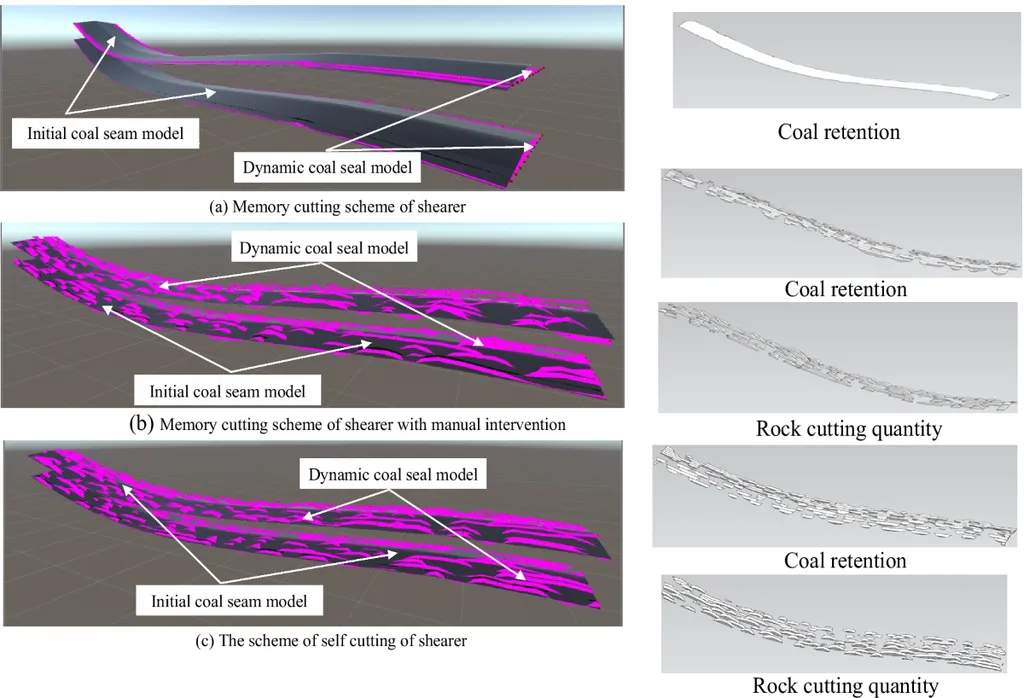In the heart of China’s coal-rich Shaanxi Province, a groundbreaking development is set to revolutionize mine safety and efficiency. Researchers, led by WANG Zhixin of Shaanxi Deyuan Fugu Energy Co., Ltd., have pioneered a dynamic simulation method for anti-wind effects in coal mine ventilation systems, potentially transforming how the energy sector handles emergency situations.
The traditional approach to anti-wind control during mine fire accidents has often been plagued by delays and inaccuracies. WANG and his team sought to address these challenges head-on. By leveraging 3D modeling technology, they established a detailed roadway topology database for the Sandaogou Coal Mine in Yulin City. This database served as the foundation for their innovative solution.
At the core of their method is an improved genetic-ant colony hybrid algorithm, which solves the ventilation network with remarkable precision. This algorithm enables high-precision dynamic simulation of underground airflow distribution during fire periods, a critical advancement for emergency response. “Our goal was to create a system that could provide real-time, accurate data to support rapid decision-making during fire incidents,” WANG explained.
The team conducted multi-scenario fire simulations to evaluate the feasibility of anti-wind strategies. They focused on key parameters such as smoke diffusion paths, wind speed variation coefficients at critical nodes, and anti-wind compliance time. Based on the simulation data, they constructed a hierarchical airflow regulation parameter database. This database, coupled with associative coding technology, allows for intelligent mapping of roadway numbering, fire coordinates, and regulation parameters.
The practical application of this parameter database has yielded impressive results. Anti-wind preparation time was reduced by a staggering 68%, and the airflow stability standard deviation decreased from ±15.3% to ±5.7%. These improvements significantly enhance the mine’s emergency response efficiency to sudden incidents.
The implications of this research extend far beyond a single coal mine. As WANG noted, “This paradigm shift in intelligent ventilation systems has the potential to set new standards for mine disaster emergencies across the industry.” The commercial impact for the energy sector is substantial, as improved safety measures and efficient emergency response can lead to reduced downtime, lower operational costs, and enhanced worker safety.
Published in the journal ‘Gong-kuang zidonghua’ (which translates to ‘Mining Automation’), this research is poised to shape future developments in mine ventilation and emergency management. The integration of advanced algorithms and dynamic simulation techniques represents a significant leap forward in the field, offering a blueprint for smarter, safer mining operations.
As the energy sector continues to evolve, innovations like these will be crucial in meeting the dual challenges of maintaining safety and optimizing efficiency. WANG’s work not only highlights the potential of intelligent systems but also underscores the importance of continuous research and development in the mining industry. The future of mine ventilation looks brighter and more promising than ever before.

